LinkedIn Corp. has filed plans to raise $175 million in a public stock sale – the first major social-networking company to formally announce plans for an IPO.
LinkedIn, which has more than 90 million members around the world, announced its intention to go public in a document filed Thursday with the SEC.
In the document, the company for the first time disclosed its financial data, reporting net income of $10 million for the first nine months of 2010 on revenue of $161.4 million, which doubled from the same period in the prior year. However, the net income dropped to $1.85 million after accounting for “undistributed earnings allocated to preferred stockholders.”
For all of 2009, LinkedIn posted a net loss of $3.9 million on $120.1 million in revenue. But revenue has risen dramatically since 2007, when it was $32.5 million.
The IPO papers filed Thursday by LinkedIn put the 8yearold company on a path to make its stock market debut in the next three to four months, barring any major stumbling blocks.
LinkedIn’s filing could encourage other rapidly growing Internet services to test the public markets after amassing followings of millions of users. Other likely candidates include: online coupon service Groupon, which rejected a $6 billion takeover bid from Google Inc. last year.; online game maker Zynga; online messaging service Twitter; and potentially the biggest investment opportunity of all, social networking phenomenon Facebook, which already has indicated it’s likely to file its IPO plans by the end of April 2012.
LinkedIn, based down the street from Google’s Mountain View, California, headquarters, is the most mature of the group. It started in 2003, a year before Facebook founder Mark Zuckerberg launched his website while he was a Harvard University sophomore.
Since then, Facebook has emerged as a hot spot for having fun and wasting time while LinkedIn has positioned itself as a place for getting down to business.
Not surprisingly, kibitzing with friends and family has proven to be vastly more popular than contemplating work.
More than 90 million profiles have been set up on LinkedIn, compared with more than 600 million on Facebook.
But LinkedIn has carved out a profitable niche. The company earned $1.85 million on revenue of $161 million during the first nine months of 2010. During the same period, Facebook earned $355 million on revenue of $1.2 billion, according to documents recently distributed to its newest investors.
LinkedIn warned it will sustain a loss this year as it invests in its service in an effort to attract more users. It’s also trying to ward off competition from similar services overseas, such as Xing in Germany and Viadeo in France, and a looming threat in Salesforce.com, which has developed a tool for professional networking.
Most of LinkedIn’s revenue comes from fees that it charges for recruiters and businesses that want expanded access to the website to help fill job openings. The company also sells online ads.
In contrast to Facebook, most of LinkedIn’s principals are in their 40s. Zuckerberg, who has been Facebook’s CEO since its inception, is just 26.
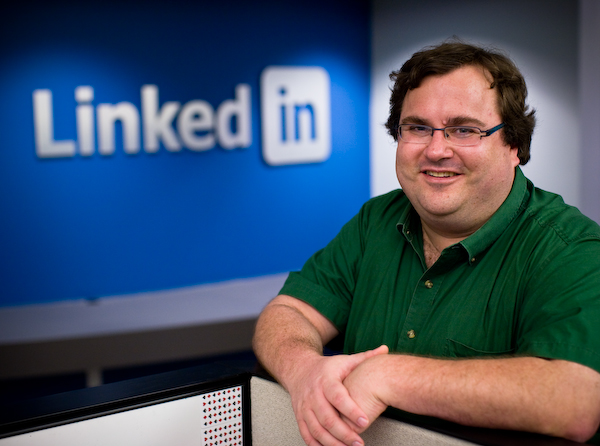
LinkedIn founder Reid Hoffman, 43, will be the biggest winner in the IPO. Hoffman also stands to profit from Facebook’s eventual IPO because he was among the early investors who backed Zuckerberg’s idea after he moved from Massachusetts to Silicon Valley.
Hoffman remains LinkedIn’s chairman. He also served a stint as CEO until turning that role over to former Yahoo Inc. executive Jeff Weiner in 2009. Weiner, 40, owns a 4.1 percent stake in LinkedIn.
The company’s other major shareholders are venture capital firms: Sequoia Capital with an 18.9 percent stake; Greylock Partners with a 15.8 percent stake; and Bessemer Venture Partners with a 5.1 percent stake.
LinkedIn has raised about $103 million since its inception and now has nearly $90 million in cash.
Some of the major stockholders plan to sell shares in LinkedIn’s IPO, but Thursday’s filing didn’t spell out those or other key details, including the projected price for the IPO. That target will likely be set as the sale of stock draws nearer.
The filing said LinkedIn will raise $175 million in the offering, but that figure often escalates as investment bankers gauge demand. Morgan Stanley & Co., JPMorgan Chase & Co. and Bank of America Corp.’s Merrill Lynch are the main investment banks steering LinkedIn’s IPO.
Based on stock trading by employees in secondary markets set up for privately held companies, LinkedIn is believed to be worth more than $2 billion.
Demand Media Inc., an online service that hires freelance writers to produce stories about frequently searched topics, went public this week and now boasts a market value of about $1.8 billion higher than The New York Times Co.
The lofty appraisals have evoked memories of the late 1990s when investors were clamoring to pour money into startups that had set up websites to cater to the tens of millions of people who were just starting to embrace the Web.
This time around, though, Internet startups have been staying private longer than predecessors did during the original dotcom boom. That has given them more time to build their audience and, more importantly, develop moneymaking business plans.










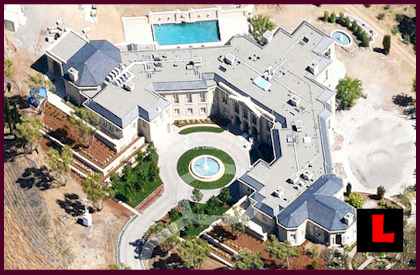
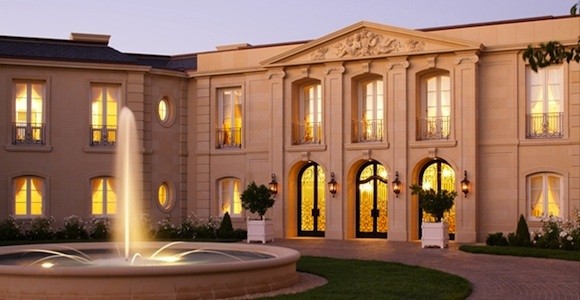
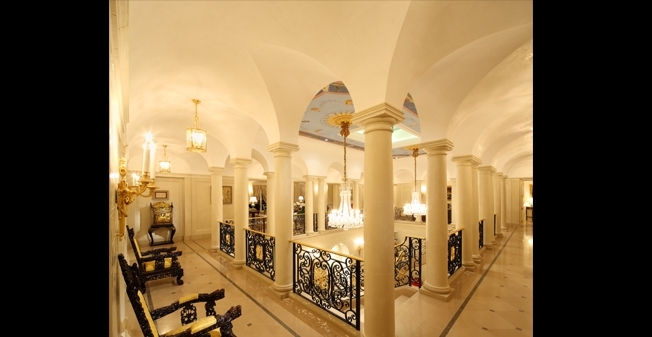
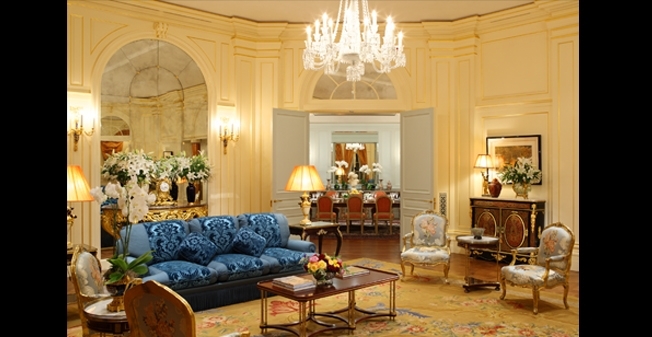
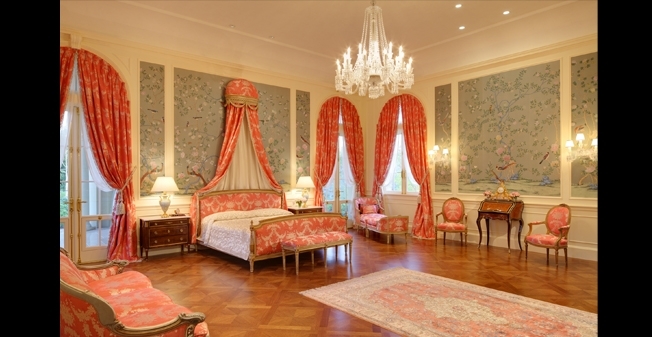

 Apple iPad 2 vs. Motorola Xoom vs. HP TouchPad vs. BlackBerry PlayBook
Apple iPad 2 vs. Motorola Xoom vs. HP TouchPad vs. BlackBerry PlayBook


